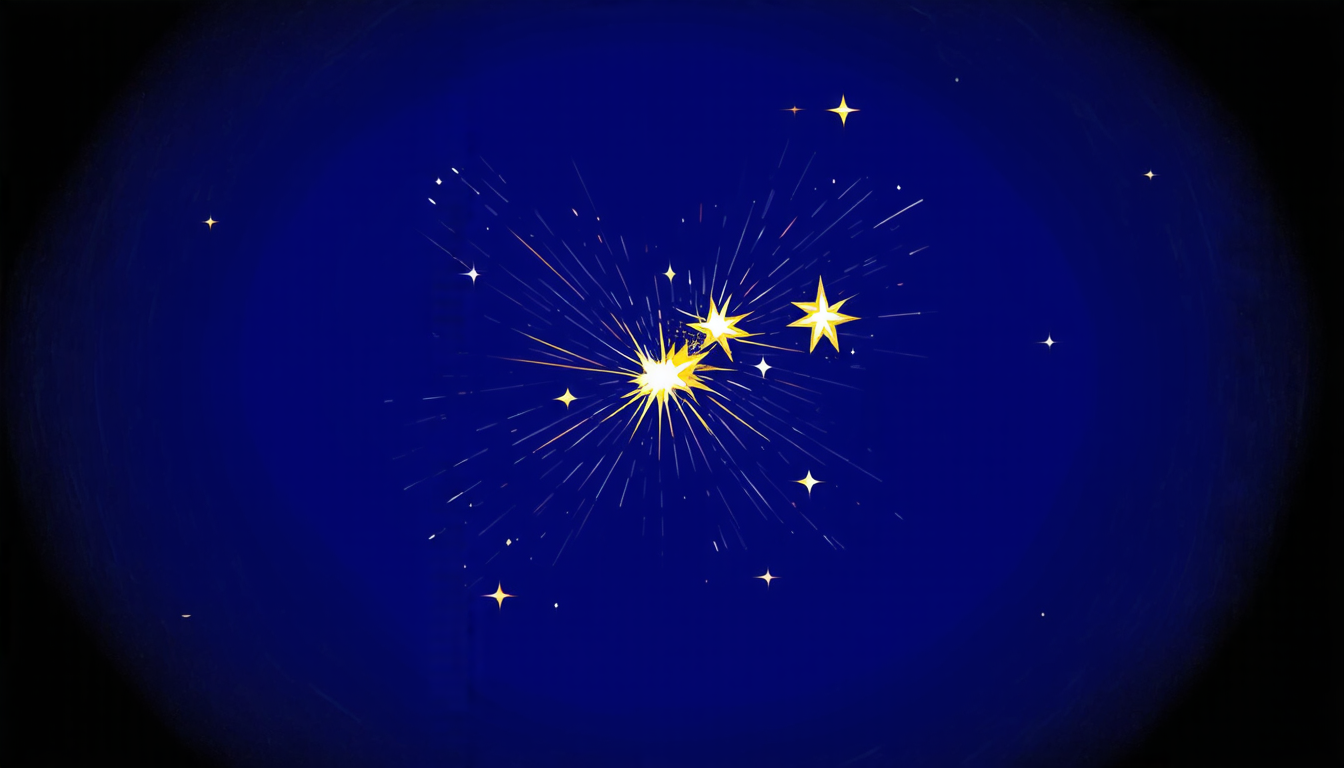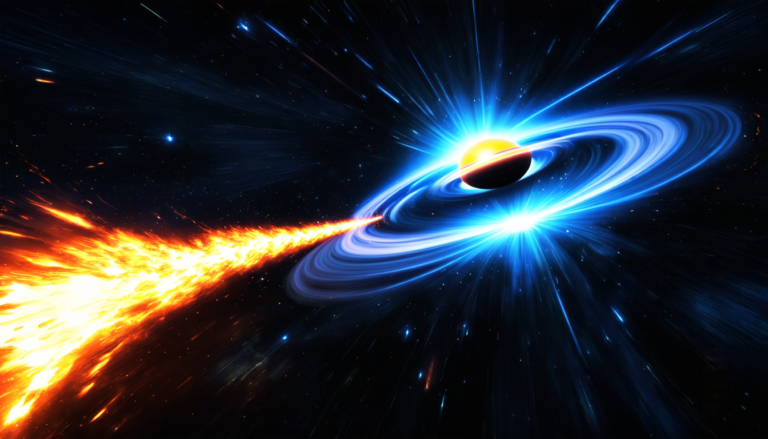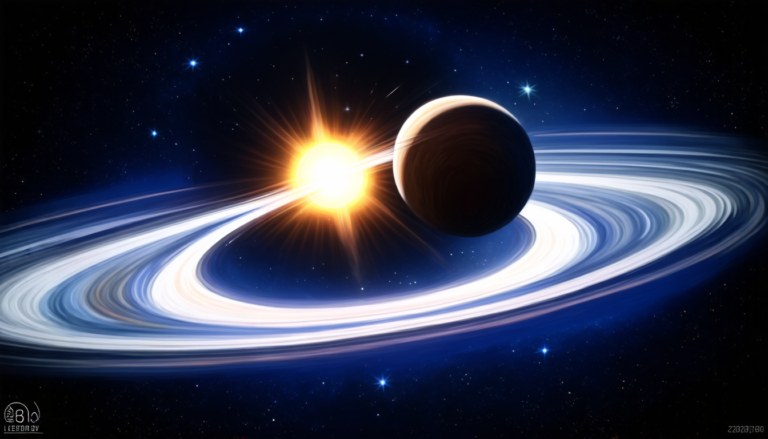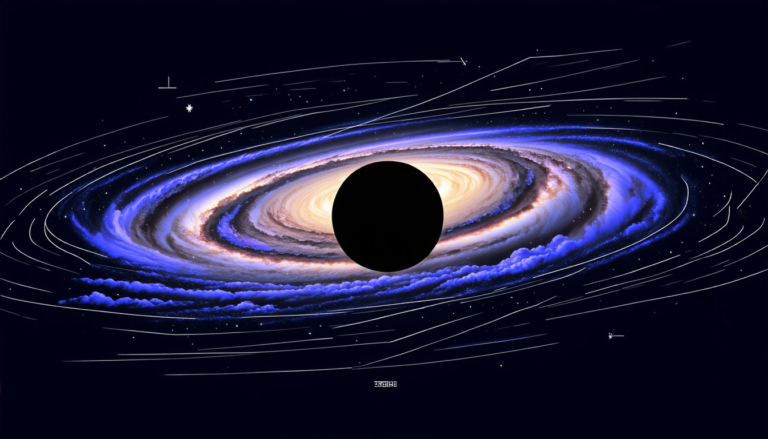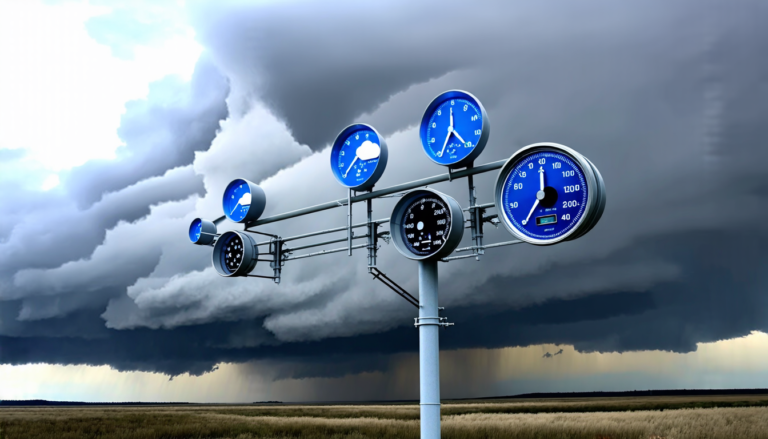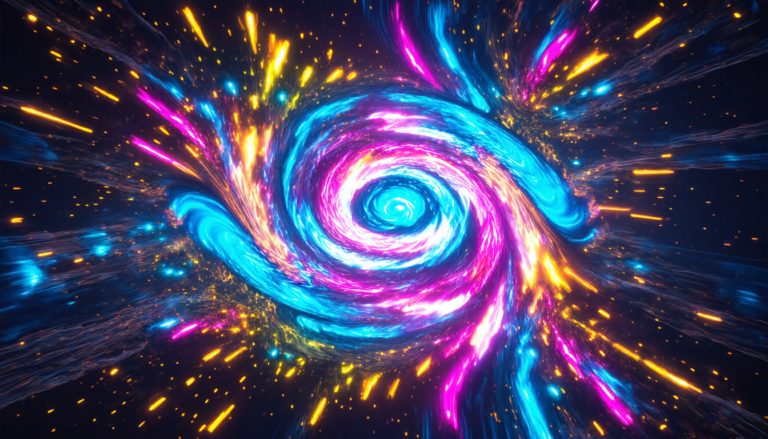Tuesday 14 October 2025
As scientists, we’ve long been fascinated by the mysteries of the universe. One of the most intriguing phenomena is the merger of two neutron stars, which can produce a burst of energy that’s detectable across the cosmos. The latest discovery in this field has shed new light on these cosmic events and their potential to shape our understanding of the universe.
In September 2025, astronomers detected gravitational waves emitted by the merger of two neutron stars, known as GW2311092356. This event was particularly significant because it marked the first time scientists had observed a binary neutron star merger candidate with an electromagnetic counterpart – in this case, a faint optical transient dubbed AT2023xqy.
The discovery began when astronomers noticed a brief burst of gamma rays emanating from the direction of the merger. However, further analysis revealed that the radiation was not intense enough to be attributed to the typical electromagnetic counterparts associated with these events. Instead, scientists focused on identifying potential optical transients within the 90% probability region surrounding the merger.
After scouring the data, researchers identified two promising candidates: AT2023xqy and another transient source dubbed ZTF20aaxpox. While both showed signs of being linked to the merger, only AT2023xqy exhibited characteristics consistent with a kilonova – a type of explosion that occurs when neutron-rich material is released during the merger.
Further analysis revealed that AT2023xqy was likely located within 330 million light-years from Earth, placing it in a region where astronomers had previously detected other cosmic events. The transient’s light curve, which charts its brightness over time, showed an initial rise followed by a rapid decline and a plateau lasting at least 50 days.
The discovery of AT2023xqy has significant implications for our understanding of these cosmic events. For one, it highlights the importance of combining gravitational wave data with electromagnetic observations to gain a more comprehensive picture of neutron star mergers. Additionally, the transient’s light curve suggests that kilonovae may not always follow the standard template expected from theoretical models.
These findings also underscore the potential for future discoveries in this field. As scientists continue to develop new technologies and improve their analysis techniques, they may uncover even more secrets about these enigmatic events. Moreover, the detection of electromagnetic counterparts to gravitational wave sources could provide valuable insights into the properties of matter under extreme conditions – a topic that has long fascinated physicists.
Cite this article: “Unveiling the Secrets of Neutron Star Mergers”, The Science Archive, 2025.
Neutron Stars, Gravitational Waves, Binary Mergers, Electromagnetic Counterparts, Gamma Rays, Kilonovae, Transient Sources, Astronomical Observations, Cosmic Events, Extreme Conditions

